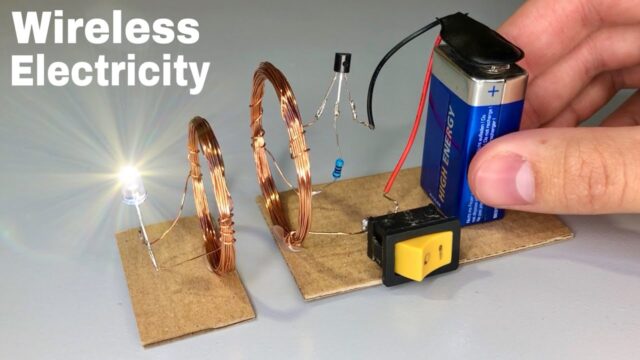Wireless Power Transfer 101: A Beginner’s Guide

About Course
Imagine a world where your devices charge seamlessly—no cords, no plugs, just effortless energy transfer. Welcome to the future of power! This beginner-friendly course introduces students to the fascinating world of Wireless Power Transfer (WPT), a rapidly evolving technology with the potential to revolutionize how we power everything from smartphones to spacecraft. Through clear explanations and real-world examples, learners will discover how energy can travel through the air using magnetic and electromagnetic fields.
We’ll explore the fundamental principles, various technologies enabling wireless power, and the wide range of applications—from electric vehicles and medical implants to industrial systems and space missions. This course not only equips you with essential knowledge of how WPT works but also inspires curiosity about its growing role in a sustainable and connected future. Whether you’re a tech enthusiast, a student, or someone curious about innovative energy solutions, this course will charge up your understanding—wirelessly.
Course Content
Introduction
Explanation of wireless power transfer
00:00Brief history of wireless power transfer
00:00Overview of potential applications
00:00